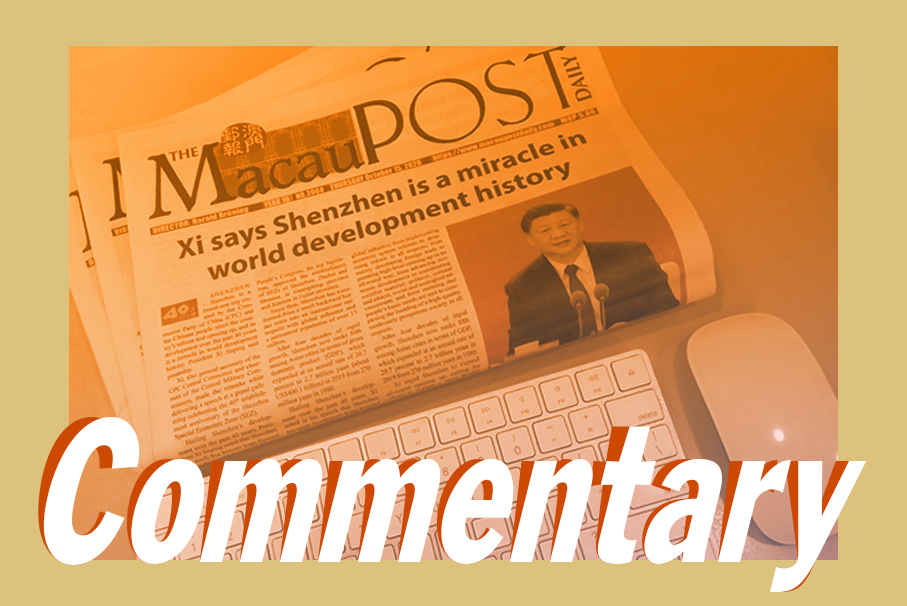Analysis by Zhang Zhouxiang
Although the report released by Fitch Ratings on Wednesday, which downgraded China’s sovereign credit rating outlook from “stable” to “negative” made a buzz largely because it supports the claims of those trying to present the scenario of China’s imminent “collapse”, the report is only a very small part of the whole sector.
For example, Goldman Sachs published a research report the same day revising upward its forecast for China’s GDP growth in the first quarter from 4.5 to 5 percent and for the whole year from 4.8 to 5 percent.
Morgan Stanley also raised its GDP forecast for China in 2024 from the previously estimated 4.2 to 4.8 percent, based on similar reasons as those cited by Goldman Sachs, namely strong international demand and better-than-expected Chinese exports. Besides, Morgan Stanley also said that the Chinese government’s increasing focus on upgrading the supply chain is expected to drive increased capital expenditure in the manufacturing sector. Even Fitch Ratings didn’t change its sovereign credit rating of China but just its outlook.
Thus the rating agency is just bad-mouthing China’s economy. The majority of the rating agencies don’t agree with Fitch’s outlook, and even that agency was careful not to give such an impression.
Besides the subjective judgement of analysts, the objective data also says something. The General Administration of Customs released data on Friday showing that the total value of China’s import and export of goods in the first quarter of the year reached 10.17 trillion yuan, an increase of 5 percent year-on-year. Despite the uncertainty in the current global economic situation, the monetary policies of major developed economies, and the decline in the momentum of global trade liberalization, China’s total import and export value of goods broke the 10 trillion yuan mark for the first time in history during the first quarter, setting a solid foundation for the stable development of foreign trade this year.
The Caixin Purchasing Managers’ Index also showed that China’s manufacturing sector expanded for the fifth consecutive month in March, while the official PMI data also indicated that the manufacturing sector was rebounding. As global demand for technology goods increases, China’s exports have also grown. It’s these data that have inspired confidence in China’s economic growth trend and the upward adjustments to forecasts for China’s GDP growth.
Further, China’s monetary policy still has ample policy space and abundant tools in reserve, making it convenient for China to adjust its policies and maintain the growth momentum throughout the year. Therefore, there is every reason to have confidence in the Chinese economy.
– Courtesy of China Daily







